Terms Used in Division
The terms used in division are dividend, divisor, quotient and remainder.
We know that divisor means to split a large group of objects into smaller equal groups. The larger group is called the dividend. The number of smaller equal groups is called the divisor and the number of objects in each smaller group is called the quotient.
Let us divide 12 candies among 3 children.
Now, let us divide 9 flowers into 2 equal groups.
When we cannot make equal groups or share equally all the objects, the number which is left undivided is called the remainder. Remainder is always less than the divisor.
Division is repeated subtraction.
For example:
24 ÷ 6
How many times would you subtract 6 from 24 to reach 0?
24 - 6 = 18 one time
18 - 6 = 12 two times
12 - 6 = 6 three times
6 - 6 = 0 four times
For every multiplication fact, there are two division facts.
For example:
(i) 5 × 7 = 35
35 ÷ 5 = 7; 35 ÷ 7 = 5
(ii) 8 × 6 = 48
48 ÷ 8 = 6; 48 ÷ 6 = 8
(iii) 9 × 5 = 45 is the same as 45 ÷ 9 = 5
7 × 9 = 63 is the same as 63 ÷ 7 = 9
Each of the terms used in division are explained below:
The number which is divided is called the dividend.
The number which divides is called the divisor.
The number which is the result of the division is called the quotient.
If there is any number left over, it is called the remainder.
The answer of a division operation can be verified in the following manner:
Quotient × Divisor + Remainder = Dividend
Consider the following examples to understand the terms showing in the division:
(i) 54 divided by 6
Dividend = Divisor × Quotient + Remainder
54 = 6 × 9 + 0
(ii) 81 divided by 9.
Dividend = Divisor × Quotient + Remainder
81 = 9 × 9 + 0
Properties of Division:
Let us recall the properties of division:
I: When the dividend is 0 and the divisor is a non-zero number, the quotient is 0.
(i) 0 ÷ 9 = 0
(ii) 0 ÷ 45 = 0
(iii) 0 ÷ 4524 = 0
II. When the divisor is 1, the quotient is the same number as the dividend.
(i) 8 ÷ 1 = 8
(ii) 77 ÷ 1 = 77
(iii) 4254 ÷ 1 = 4254
III. When the dividend and the divisor are the same non-zero number, the quotient is 1.
(i) 7 ÷ 7 = 1
(ii) 16 ÷ 16 = 1
(iii) 250 ÷ 250 = 1
Related Concept
● Addition
● Check for Subtraction and Addition
● Word Problems Involving Addition and Subtraction
● Estimating Sums and Differences
● Multiply a Number by a 2-Digit Number
● Multiplication of a Number by a 3-Digit Number
● Word Problems on Multiplication
● Division of Two-Digit by a One-Digit Numbers
● Division of Four-Digit by a One-Digit Numbers
● Division by 10 and 100 and 1000
● Division by Two-Digit Numbers
From Terms Used in Division to HOME PAGE
Didn't find what you were looking for? Or want to know more information about Math Only Math. Use this Google Search to find what you need.
Recent Articles
-
Addition of Capacity | Add the Different Units of Capacity | Examples
May 03, 24 06:38 PM
In addition of capacity we will learn how to add the different units of capacity and volume together. While adding we need to follow that the units of capacity i.e., liter and milliliter -
Subtraction of Mass | Difference Between the Units of Mass | Examples
May 03, 24 05:17 PM
In subtraction of mass we will learn how to find the difference between the units of mass or weight. While subtracting we need to follow that the units of mass i.e., kilogram and gram -
Addition of Mass |Add the Different Units of Mass |Worked-out Examples
May 03, 24 03:45 PM
In addition of mass we will learn how to add the different units of mass or weight together. While adding we need to follow that the units of mass i.e., kilogram and gram are converted into grams -
Subtraction of Length | Learn How the Values of Length are Arranged
May 03, 24 12:21 PM
The process of subtraction of units of length is exactly similar to that of subtraction of ordinary numbers. Learn how the values of length are arranged in different columns for the subtraction of len… -
Addition of Length | Learn How the Values of Length are Arranged
May 02, 24 05:07 PM
The process of addition of units of length is exactly similar to addition of ordinary numbers. Learn how the values of length are arranged in different columns for the addition of length. 1. Add 15 m…
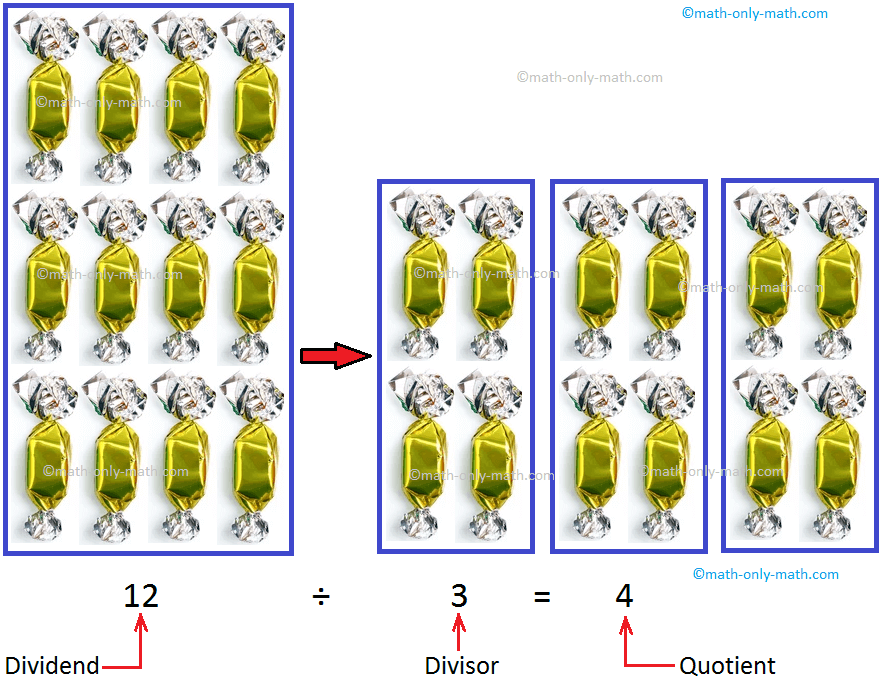

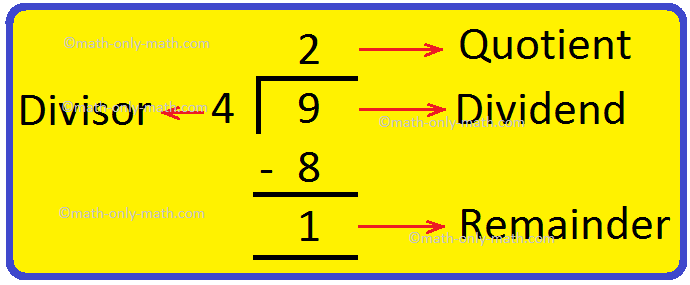
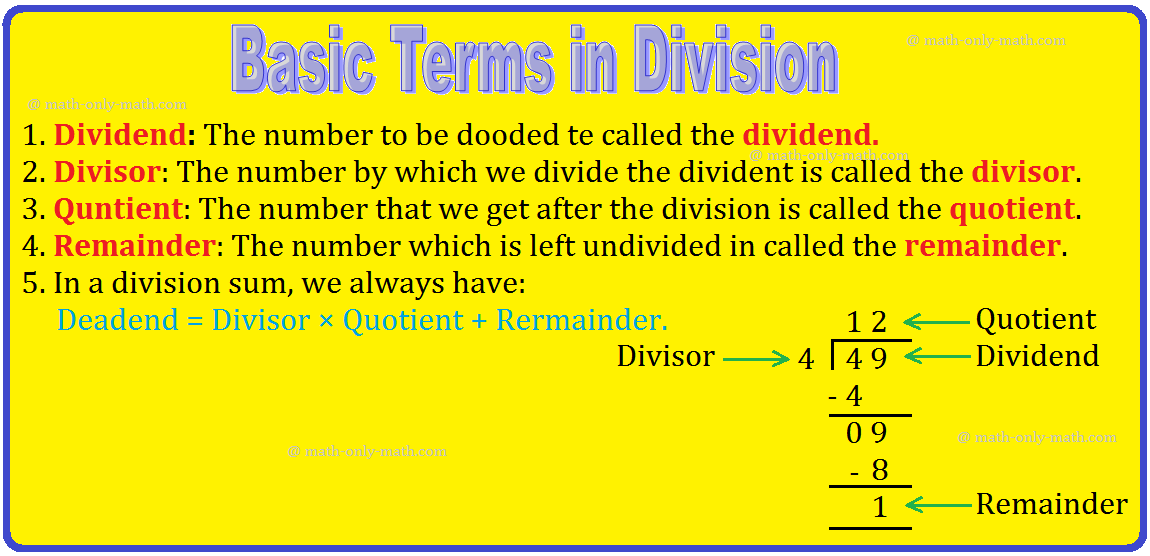


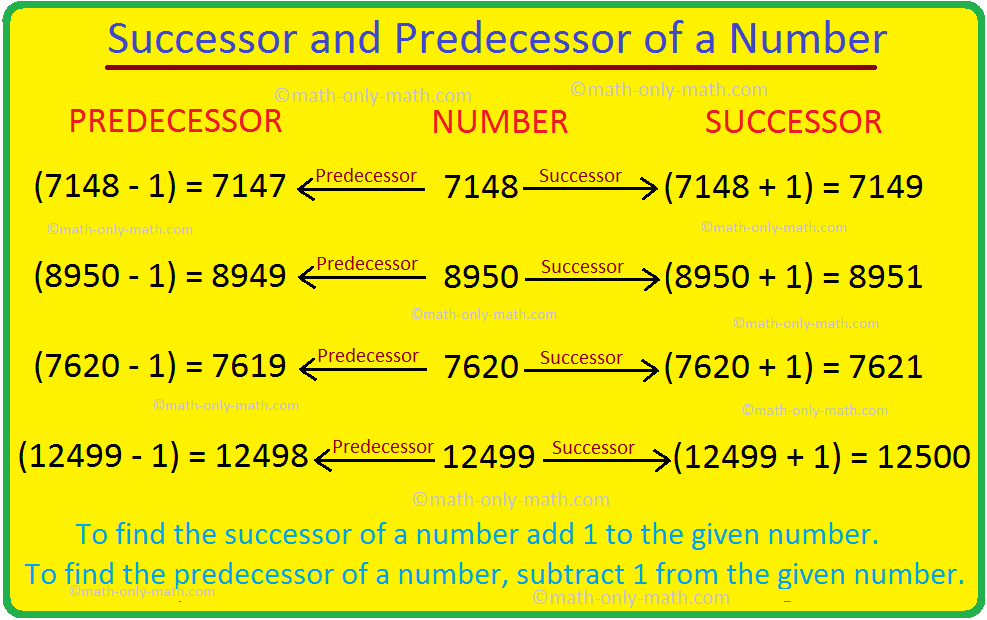

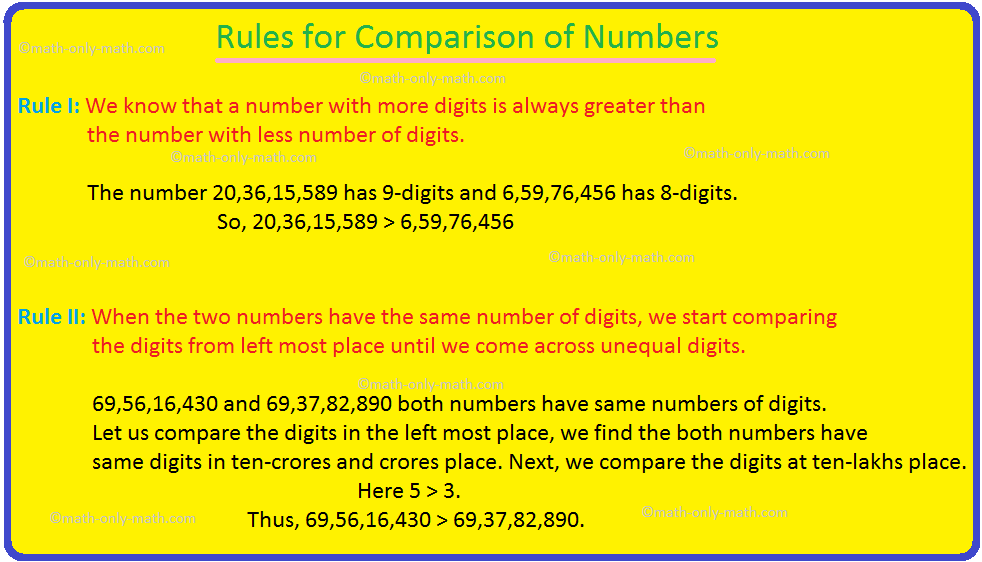
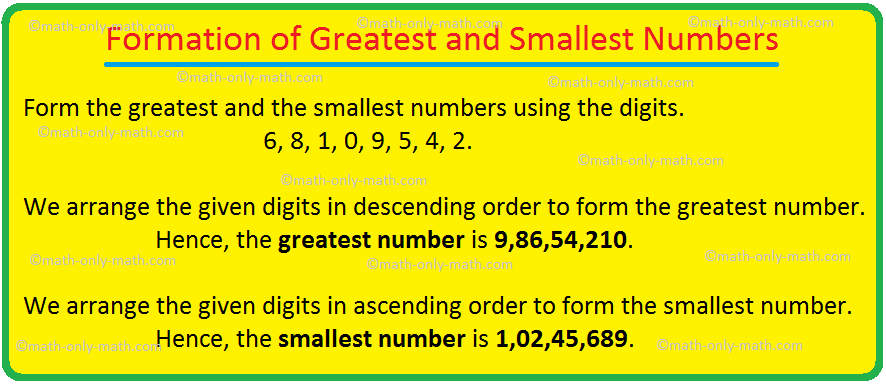
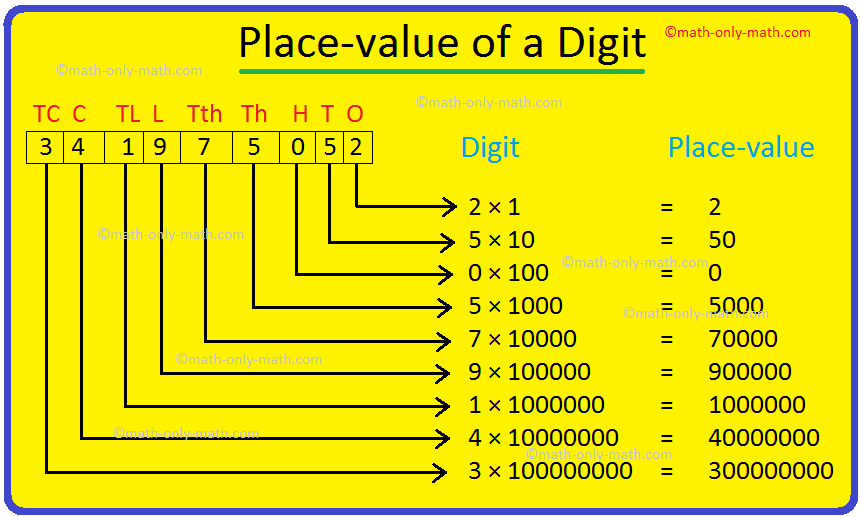
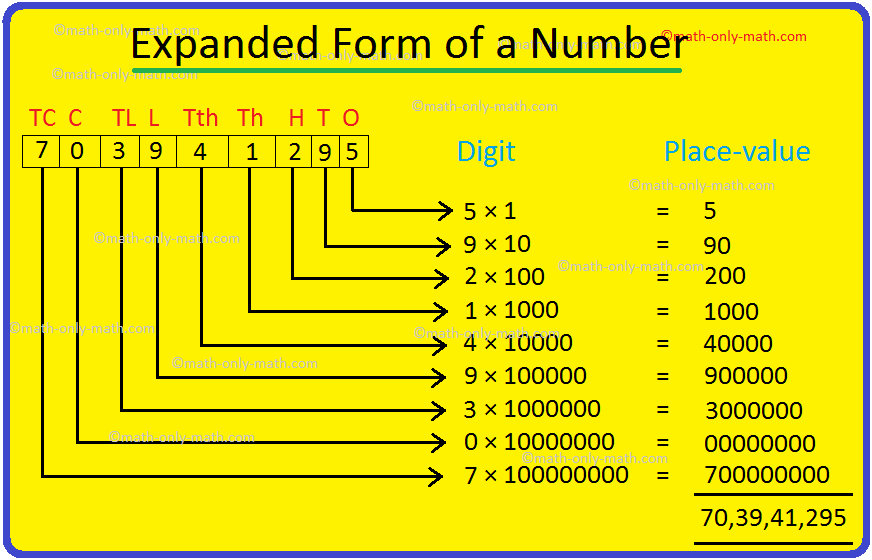

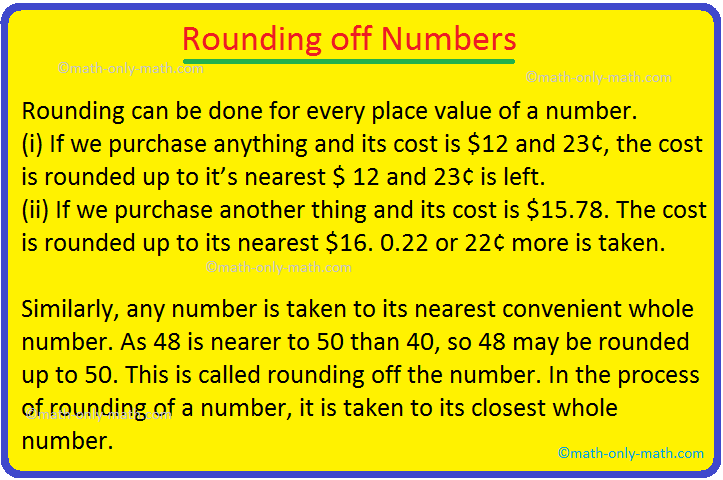
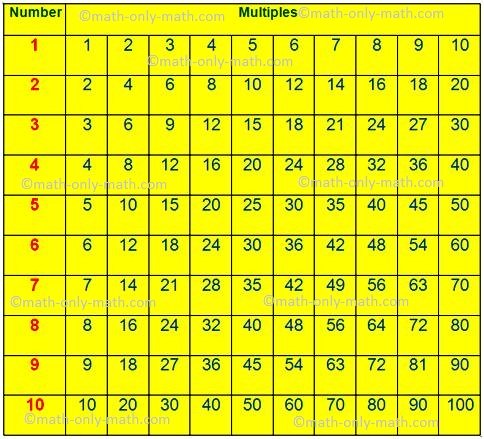


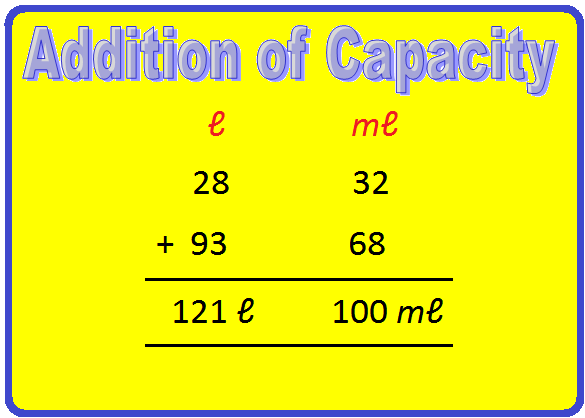
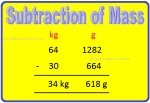
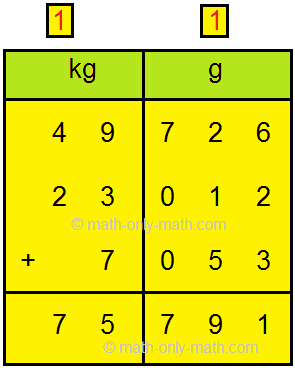
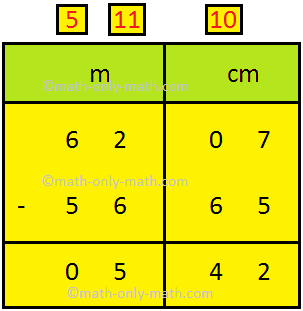
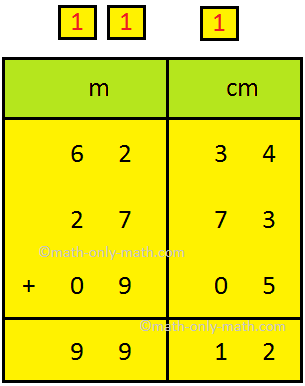
New! Comments
Have your say about what you just read! Leave me a comment in the box below. Ask a Question or Answer a Question.